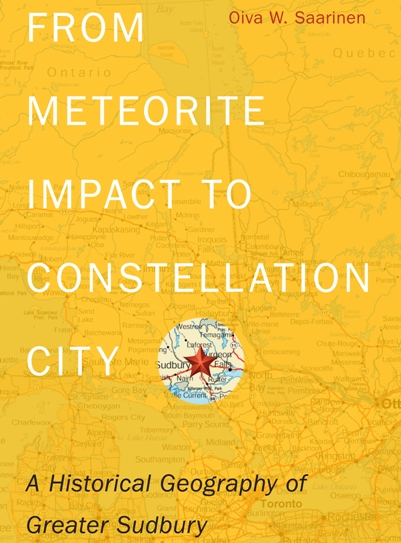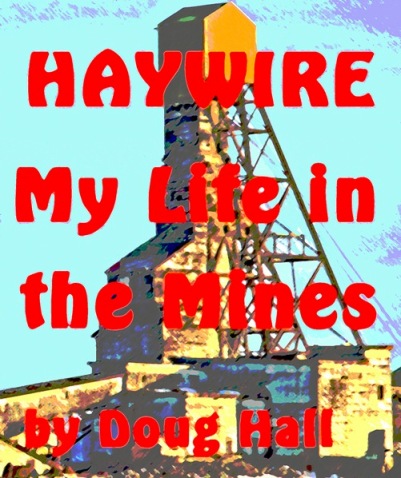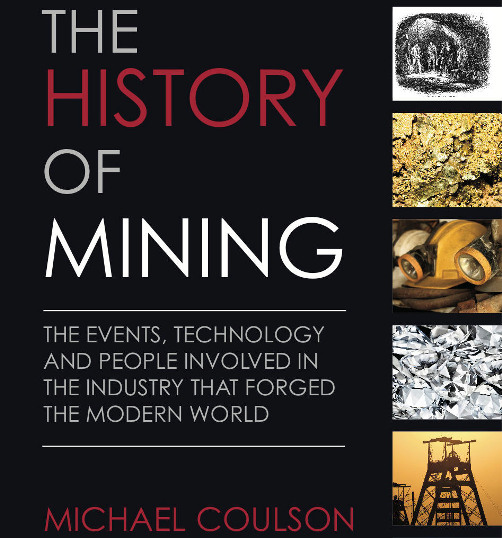To order a copy of “From Meteorite Impact to Constellation City”, please click here: http://www.wlupress.wlu.ca/Catalog/saarinen-meteorite.shtml
Sudbury: A Union Town? (Part 4 of 5)
The Battle for Inco Begins
The District Two Convention held in Sudbury April 24–29, 1961, served as the scene of the first clash in the all-out battle for union supremacy. In contrast to the local’s meetings where it was the old guard leading the confrontation process, the new guard led by Gillis took this opportunity to harangue Chairman Solski and his supporters. Predictably, chaos resulted, and not a single resolution was passed. Since no progress had been achieved, the Gillis executive again did not remit the local’s dues to the National Office.
This move was supported by the majority of the local’s members, as shown by the third election victory of the Gillis slate on June 7, 1961. By this time, the new Local 598 leaders were exploring the option of seceding Local 598 from the National and International Union, and becoming a chartered local of the CLC.
When it became clear that the only way Local 598 could get into the CLC was by joining the Steelworkers, The Sudbury Star joined in the cause by printing a story under the headline, “Has Steel Begun Drive to Supplant Mine Mill?” Given the threat of losing Local 598’s buildings and finances, the National Office succeeded in acquiring a local injunction, allowing William Kennedy, its Secretary-Treasurer, to administer the local on the National’s behalf. On August 26, the Union Hall was taken over by Kennedy.






























